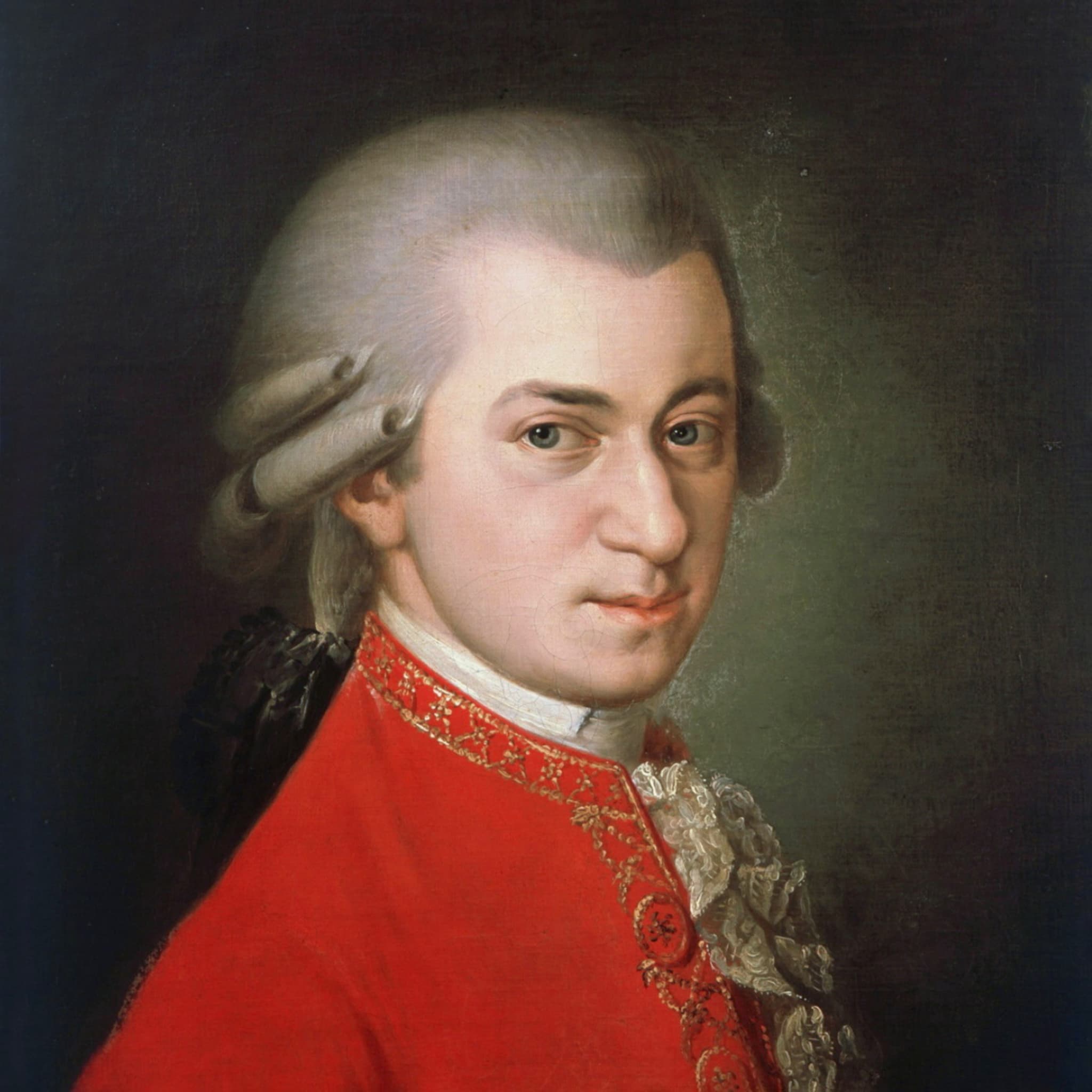Album insights
Beethoven's works for cello and piano span his entire compositional career, with each of his three recognized stylistic periods represented in a sonata or sonata pair. It is argued that Beethoven had created a new instrumental form with these now historical works. While there were earlier works for cello duo and keyboard, they differed from Beethoven's vision of equal partnership between the instruments. During the time of Sonatas Opp. 5 and 69, the piano lacked the resonance it has today, limiting Beethoven's ability to explore the cello's cantabile playing and compose slow movements fully. The first sonata in F major, Op. 5, No. 1, comprises two extensive movements, showcasing Beethoven's diverse musical material integration in a delightful interplay of melodies and themes.
Fast forward to the second sonata of Op. 5, leading to a charming incident in spring 1799 involving Domenico Dragonetti, renowned as an excellent double bassist. Beethoven was captivated by Dragonetti's musical prowess during their meeting, enthralled by the finesse of a work chosen for performance. The sonata in G minor, Op. 5, No. 2, unfolds into a rich and at times dramatic fantasy embraced in a gentle yet compelling manner. This inventive approach continues in the third sonata in A major, reflecting Beethoven's confident demeanor of the late 1800s before external disruptions.
Moving onto Op. 102, possibly from Beethoven's late creative phase, the two sonatas were completed in 1815. The inspiration came from the cellist Josef Linke, marking a new chapter in Beethoven's musical journey. The sonata in C major demonstrates a departure from Beethoven's earlier communicative style, embodying a more concentrated form. Similarly, the sonata in D major showcases Beethoven's innovative use of a fugal structure, hinting at the contrapuntal explorations that would define his later works.
Beethoven's variations on Handel's and Mozart's pieces underscore his allegiance to both masters, reflecting a formal and emotionally charged period in his life. Through intricate variations, he masterfully revitalizes these classical compositions, weaving creativity and musical ingenuity with each variation. Beethoven's adaptation of esteemed pieces speaks volumes about his musical depth and admiration for the works of Handel and Mozart.







